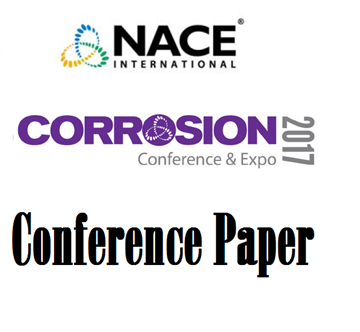Search
51317--9781-Investigation the Pitting Resistance of SS304 and SS316L in Neat Chemical Products Using EIS
Also Purchased
96431 PITTING CORROSION OF LOW-CR AUSTENITIC STAINLESS STEELS
Product Number:
51300-96431-SG
ISBN:
96431 1996 CP
$20.00
51317--9749-Corrosion Resistance of Alloys in Calcium Bromide and Calcium Chloride Solutions
Product Number:
51317--9749-SG
ISBN:
9749 2017 CP
Publication Date:
2017
$20.00
51317--9765-Differences in Fireside Corrosion Under Simulated Char and Lignite Conditions
Product Number:
51317--9765-SG
ISBN:
9765 2017 CP
Publication Date:
2017
$20.00




